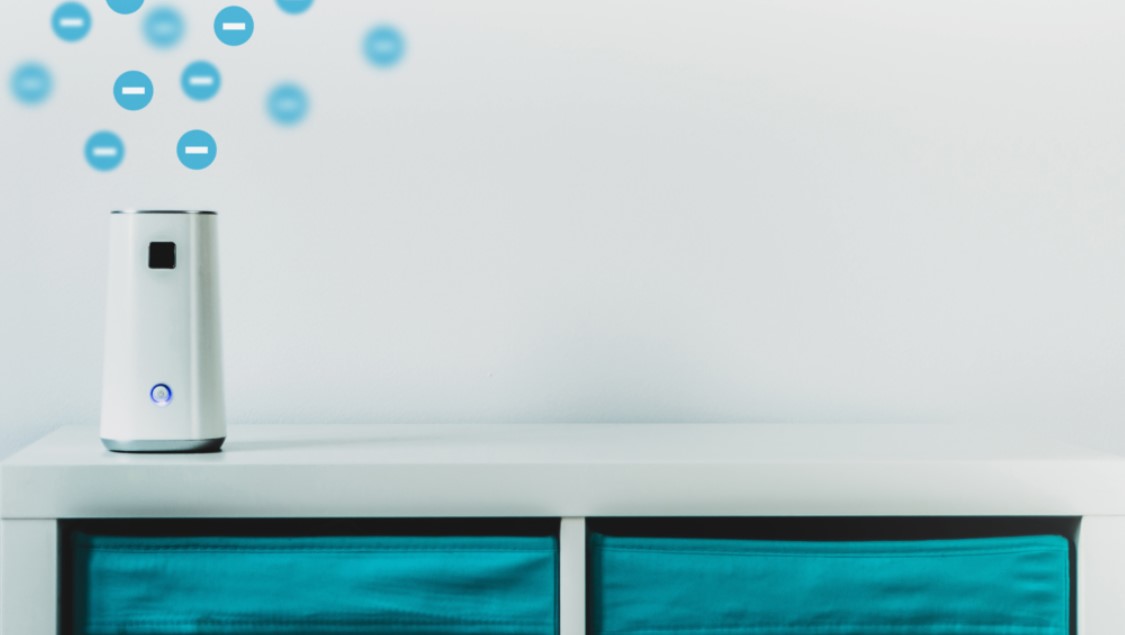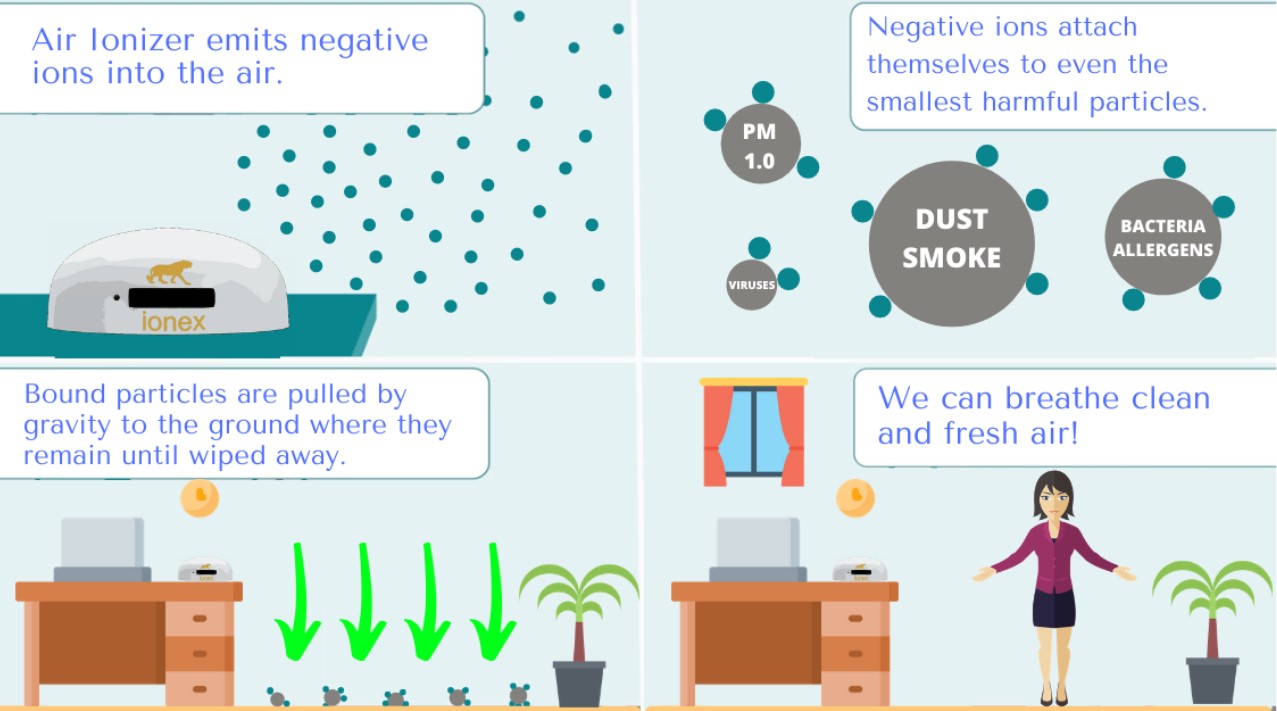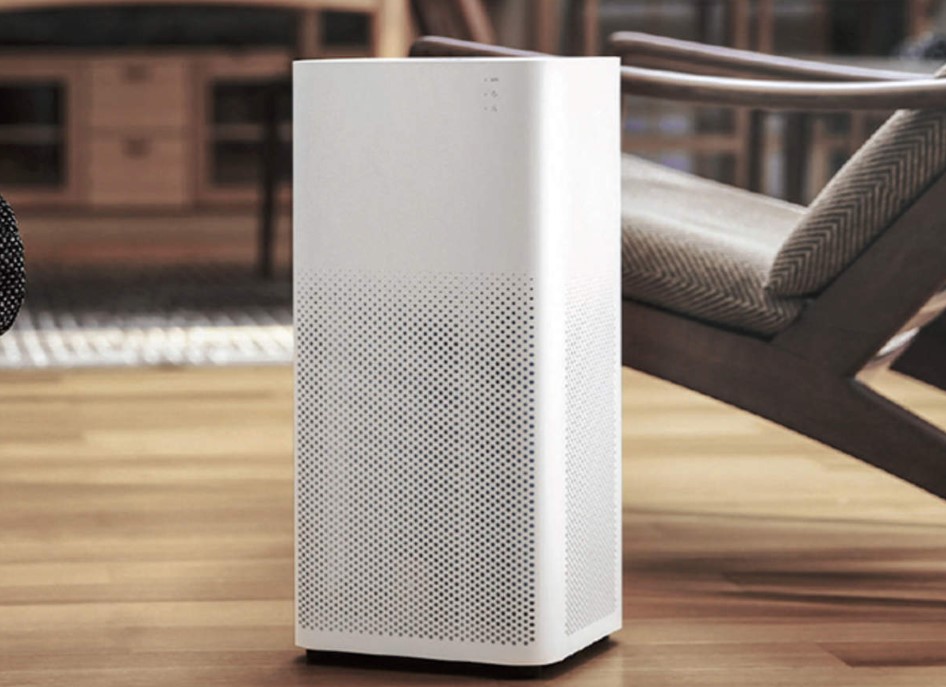Air Purifiers Ozone Generator Vs Ionizer: What’s The Difference?
Air purifiers with ionizers and ozone generators serve as popular methods for enhancing the quality of indoor air. They are both categorized as air purifiers and share a common goal of purifying indoor air. Despite their shared purpose, air purifiers ozone generator vs ionizer show distinct characteristics. What exactly is the difference between ionizers and ozone generators?
When choosing an ozone generator or an ionizer to improve your air quality, there are a few things you should know before using these devices.
The Difference Between Ion and Ozone
Ions are atoms or molecules that carry an electric charge. Ion generators function by charging particles within a room, causing them to be drawn towards surfaces like walls, floors, and objects. However, abrasion can lead to these particles becoming airborne again.

On the other hand, ozone is a gas produced directly by ozone generators and indirectly by ion generators and certain air purifiers. These devices emit ozone to combat pollutants but may have adverse effects on human health. A few air cleaners with health claims may be FDA-regulated as medical devices. The FDA’s ozone limit for medical devices is 0.05 parts per million. Though ozone can mitigate odors and pollutants in unoccupied spaces, the necessary levels are above those considered safe for humans.
1. Functions
Ozone generators
When discussing ozone generators, there are two types of devices to take into account. The first are ozone generators, which directly create ozone to diminish odors and contaminants. These machines are often used in unoccupied areas due to their capacity to generate ozone levels surpassing safe human limits. For instance, in cases such as a recent house fire, an ozone generator might be employed to eliminate airborne debris and odors.
The second type is air purifiers with built-in ion generators, which indirectly generate ozone. However, these devices can still discharge a significant amount of ozone, particularly when compared to standard household appliances. Their potential to release excessive ozone within a small, inhabited space is notably high.
Ionizers

Ionizers function as generators of ions, releasing negatively charged particles into the surrounding air. Conversely, harmful particles and contaminants carry a positive charge. According to Coulomb’s law, which underscores that opposites exhibit an attractive force, negative ions, and detrimental particles congregate in the air, gaining weight and gravitating toward surfaces. Subsequently, they are enticed back to the ionizer apparatus for elimination.
These ion-generating devices are proficient at extracting minute particles like tobacco smoke through electrostatic discharge and oxidation mechanisms. However, they exhibit limited efficacy in eliminating gases, odors, allergens, and dust.
2. Air cleaning technique
Ionizers emit significant negative ions from the device into the surrounding air. Negative ions are negatively charged particles, whereas airborne pollutants and contaminated particles are positively charged ones. Opposites attract and negatively repel, meaning that negative ions and contaminated particles are drawn to each other in the air, resulting in mutual attachment. As a result, their newly formed mass increases substantially, making them so heavy that gravity causes them to fall to the ground.
Once grounded, this mass cannot ascend back into the air, preventing us from inhaling it into our lungs. Below is a 4-step overview detailing how negative ions effectively purify the air.

In contrast, ozone generators cleanse the air using ozone. The ozone generator draws in the ambient air, which a fan pushes deeper inside. A high-voltage mechanism and UV light transform oxygen into ozone within the device. The ozone then exits the unit and is released back into the air. In the air, ozone interacts with pollutants and contaminated particles, breaking them into more straightforward and less harmful molecules. This chemical transformation is called “oxidation,” which explains how an ozone generator purifies the air.

3. Operating time
Negative ions and ozone molecules differ from each other. Ozone generators emit ozone, while ionizers release negative ions. However, ionizers use several ionization elements such as plasma, steel needles, carbon, etc., many of which undergo oxidation over time. What matters is that certain ionizers also discharge ozone as a byproduct. This is important for understanding the difference in operational time between ionizers and ozone generators.
Generally, ionizers can operate 24/7 without any breaks or restrictions. This implies that you can always stay in the room during purification. The rooms in your house frequently receive new air, even if doors and windows are closed. Placing an ionizer in a room typically requires several hours to thoroughly purify the air. Therefore, leaving it on all day will promptly cleanse any polluted air entering the room.

Ozone is harmful to your health as it irritates the respiratory system. It poses an even greater risk to those with pre-existing respiratory conditions. Accordingly, if you suffer from moderate to severe allergies or have asthma, it is advisable to maintain a distance from your ionizer or only use it when not in the room. Alternatively, you could opt for an ionizer that emits no ozone, eliminating restrictions.
In contrast, ozone generators should only be operated for 3 to 10 hours at a stretch. This depends on the room size; smaller rooms need less purification time than larger spaces. Plus, ozone generators emit considerably more significant amounts of ozone. Even small amounts of ozone are harmful, with the risks escalating significantly. Therefore, ozone generators should only be turned on in an unoccupied room. Failing to do so could lead to health complications, particularly concerning the respiratory system. Once the device is turned off, a waiting period of up to 4 hours is required for the ozone to disappear completely.
4. Pollutants to remove
The last difference between air purifiers, ozone generators, and ionizers is the pollutants they remove from the air. Ionizers can eliminate harmful particles of all sizes. Harmful particles as small as 0.01 microns can be attached to negative ions. This exceptional capability drives many people to opt for ionizers in their homes. They can kill viruses and bacteria, which other air purifiers struggle to eliminate due to the small size of these microorganisms.
Conversely, ozone generators are primarily used for eliminating odors and smells, as they can not effectively tackle biological pollutants (viruses, bacteria, and mold) or particulate matter (pollen, dust, and allergens). Hence, ozone generators are unsuitable for those seeking relief from allergies or respiratory ailments. Ozone generators specialize in one primary function: neutralizing odors, particularly cigarette smoke.
Choosing Between Air Purifiers Ozone Generator vs Ionizer

The next step is to find the most suitable option tailored to your needs. Each of these two devices serves distinct functions with different technologies. Ionizers emerge as excellent purification units, utilizing negative ions to eliminate air pollutants of all sizes. On the other hand, ozone generators excel at neutralizing various types of smells and odors.
An ozone generator is better suited for your needs to eliminate potent odors. However, an ionizer is the preferred choice for nearly all other aspects. It is crucial to remember that even a tiny amount of ozone can be detrimental to your lung health. Therefore, if you seek an air purifier and opt for an ionizer, select a model that does not emit ozone. This approach enables you to enjoy fresh air while protecting your well-being.
Bottom Line
Choosing between air purifiers ozone generator vs ionizer depends on your air quality needs and health considerations. For optimal results, selecting an air purifier equipped with a HEPA filter alongside these technologies can provide a comprehensive approach to cleaner indoor air. Regular maintenance and following manufacturer guidelines are vital to ensure safe and effective operation.
Related Articles